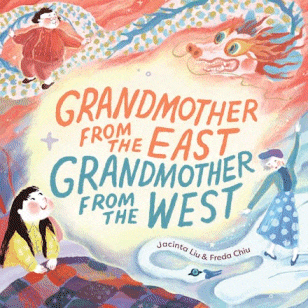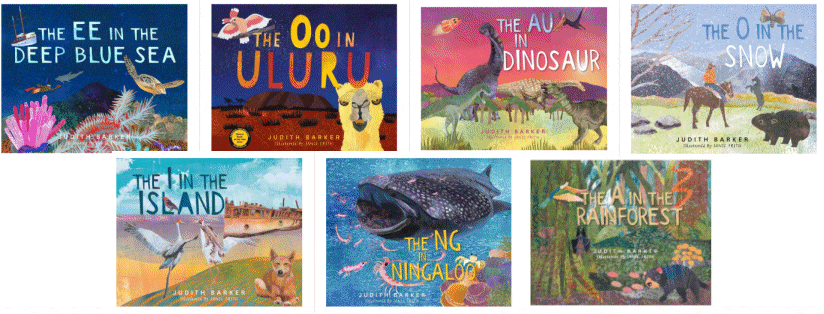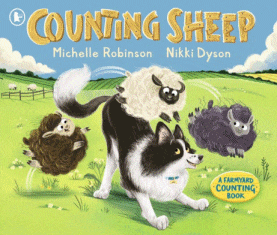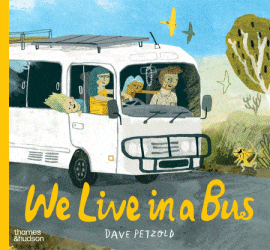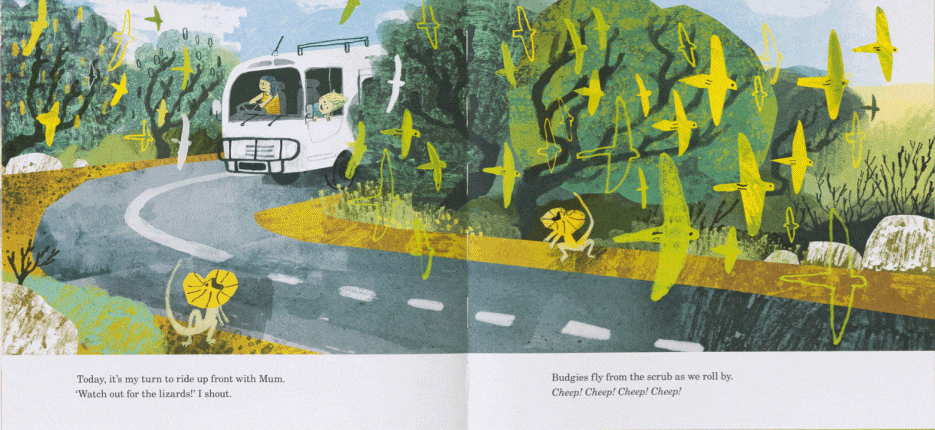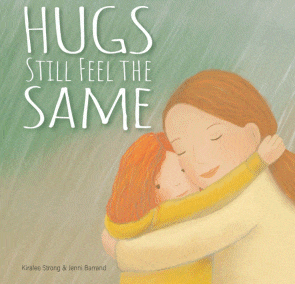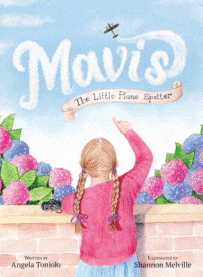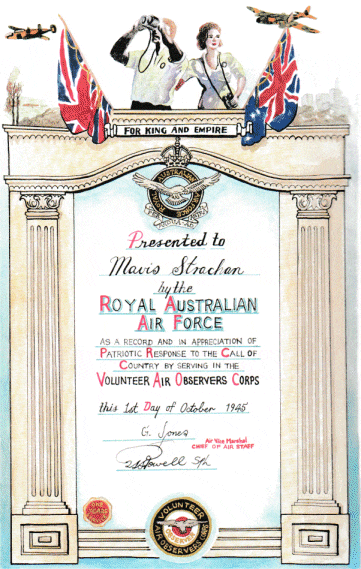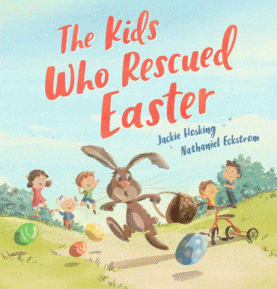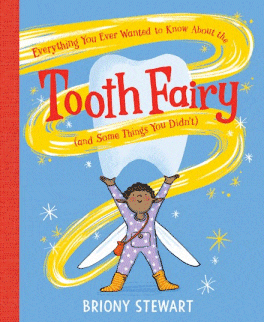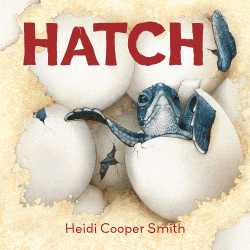
Hatch
Hatch
Heidi Cooper Smith
CSIRO Publishing, 2025
32pp., hbk., RRP $A26.99
9781486318278
Thirty years ago I introduced my Year 1 class to a new book that was causing a lot of buzz. It was called Chickens Aren’t the Only Ones, and, not only do I still have my copy of it but I remember the fun and amazement we had as we discovered that chickens weren’t the only ones that laid eggs. While those little ones knew that ducks and geese and other birds laid eggs, they were surprised that so many other creatures do too.
And I’m willing to bet that this generation of little ones will be just as astonished as they share this beautiful new book that introduces a collection of Australian creatures who also lay eggs, whether they live in the bush like the echidna and the cicada, on the beach like the turtle and the crocodile, or even in the water itself like the crab and the platypus. Through beautiful, detailed illustrations that make you want to touch, and accessible text that is expanded with more information in the latter pages, double page spreads open up a wondrous world of life beginning, in, on and under the landscape. Eagle eyes will also spot other egg-laying animals or their eggs hidden in the pictures and the endpapers, and these, too, are exposed in those final pages.
One of the activities we did way back then was to have a display board that was continually being added to as students discovered more and more egg-laying creatures but instead of just labelling them, they wrote clues that enabled their friends to discover the layer. The delight when the mystery was solved!!!! One of my favourites was this that I found washed up on the beach during my scuba diving days…
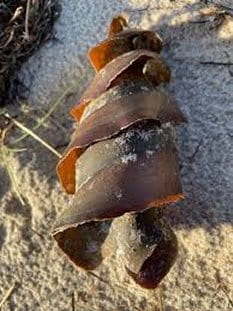
While it is not featured in Hatch, it is not uncommon to find them washed up on the beaches of NSW looking and feeling like a piece of washed up seaweed. Do you know?
We know children are fascinated to discover the hidden wonders of their world and this is yet another brilliant publication from CSIRO that unveils it for them. Perhaps you will make the sort of career-highlight memories as I did in that class of so long ago.
No internet back then but perhaps you could start with this heart-warming clip from the miracles of Cyclone Alfred…. perhaps even investigate how the sex of those turtles (and crocodiles and alligators) is determined by the temperature of the sand they are laid in and thus, the impact of climate change on both the species and the food chain. As usual, another on-the-surface-simple publication that has the potential to span K-12!!!
